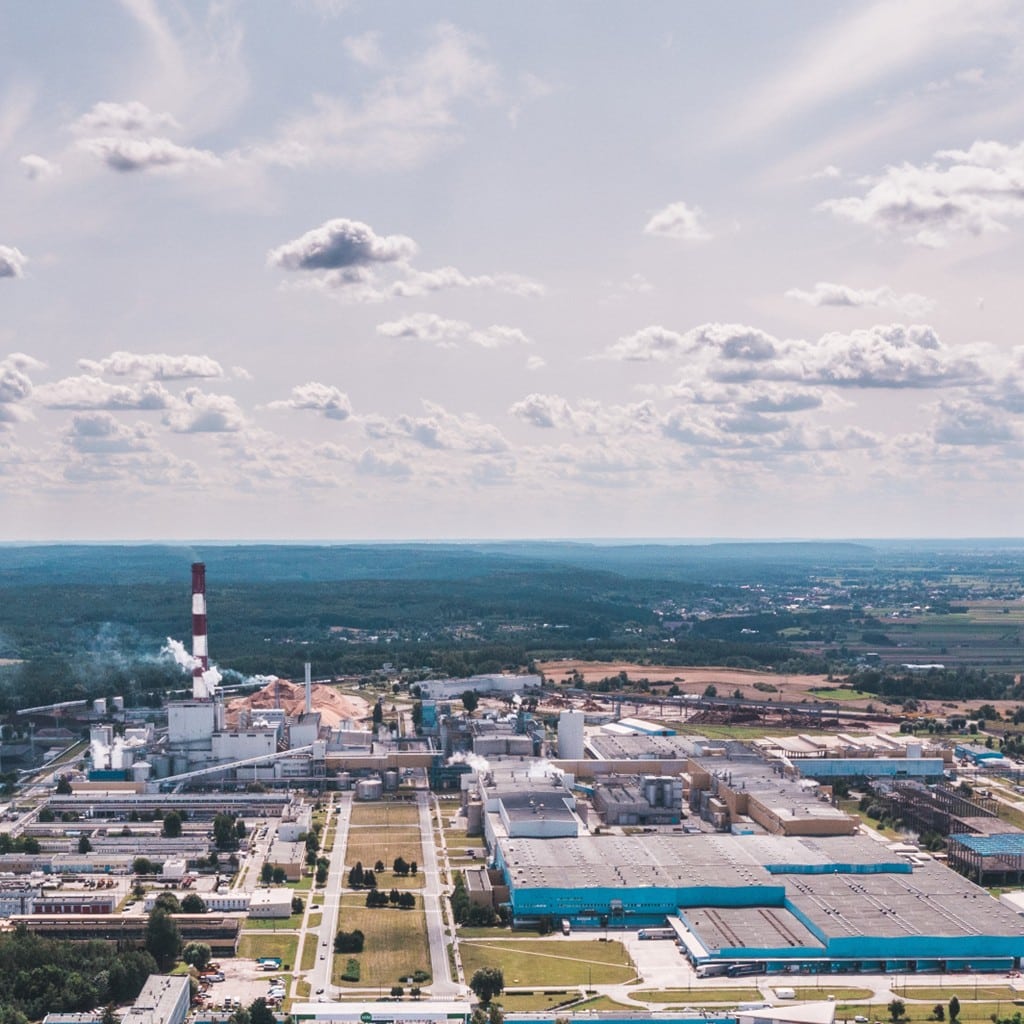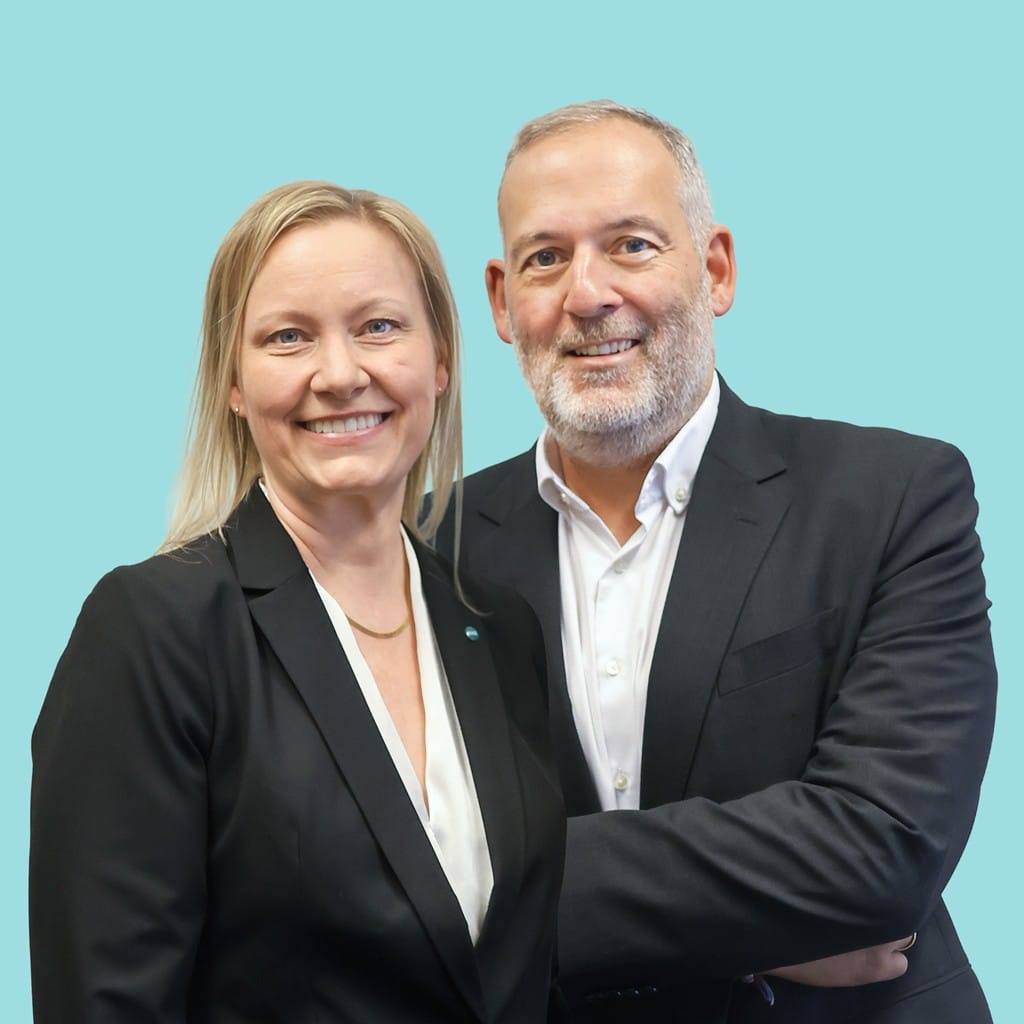Recycling starts with design
Paper and cartonboard packaging are already considered particularly environmentally friendly; however, they still hold the potential to help protect the environment even more in the future, as Susanne Haase, head of the 4evergreen initiative, explains.
Ms Haase, you are Programme Director of 4evergreen at CEPI, the Confederation of European Paper Industries. Can you explain what is driving this initiative?
We looked at the overall picture across the industry and found that many companies have set ambitious sustainability goals – including using more paper and cartonboard packaging. In fact, 4.5 million tonnes of plastic could be replaced with paper and cartonboard alternatives. 4evergreen aims to support this transition by developing climate-neutral, fibre-based packaging alternatives. To achieve this, we are taking a scientific approach, with the primary aim of increasing the recyclability of packaging to 90 per cent by 2030.
Most people would already describe paper and cartonboard packaging as environmentally friendly. Where is there still room for improve- ment in terms of recyclability?
Fibre-based packaging already accounts for the largest share of the EU’s recycling rate by volume. Eurostat calculates that 83 per cent of paper and packaging is recycled. For metal it is 81 per cent, for glass 76 and for plastic only 40 per cent. However, we have recognised that different levels of performance can be expected from fibre-based packaging. The aim of 4evergreen is therefore also to ensure that performance is consistently high. And if we want to achieve a better recycling loop – for all packaging that is on the market – we must ensure that the idea of circularity is already incorporated into the packaging design.

“Circularity by Design” is one of the four focus areas you have identified as part of the 4evergreen initiative. The other three areas are the Recyclability Assessment Protocol, packaging collection and sorting guidelines, and innovations. Can you announce any progress that has been made in these areas?
In terms of the Recyclability Assessment Protocol, 52 types of packaging have already been tested and evaluated based on their recyclability. And we also have explicit implementation proposals on the table with regard to design. As for the collection and sorting of packaging, specific examples of best practice are already available here, which even take future regulatory challenges at EU level into account. In addition, we are supporting three innovation projects that focus on novel recycling and sorting technologies.
Can consumer goods manufacturers already draw specific recommendations for their packaging from these findings?
We will be sharing our findings in detail with the public shortly. Until then, our unequivocal recommendation – especially for manufacturers – is to have recycling in mind during the design process. If there is any uncertainty about this, it is possible to refer to the guidelines we have published.
Is 4evergreen open to new members?
Absolutely, we are always keen to understand new perspectives from the industry. The more companies get involved in our work, the better our results will be. Our members already cover the entire paper and cartonboard packaging value chain. Start-ups, which we have been actively targeting since summer 2021, are also particularly welcome. This is because we need to beat new paths and focus on fresh, disruptive and challenging ideas and thought processes.


